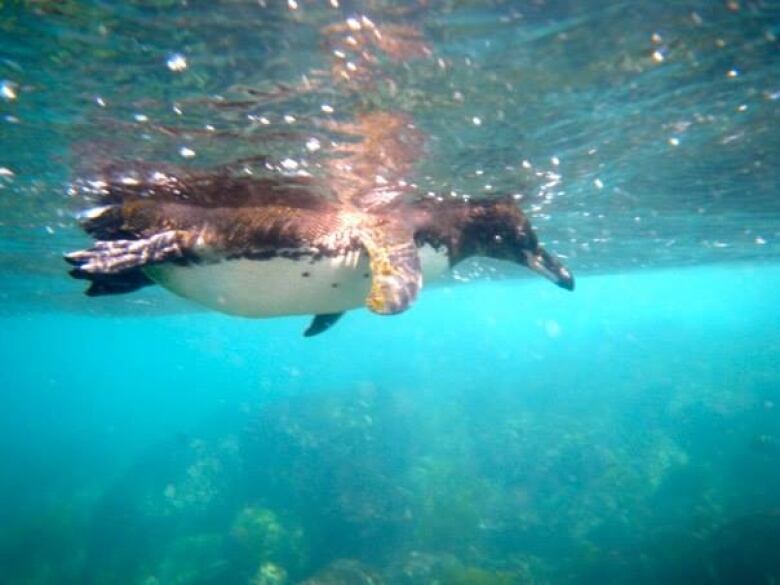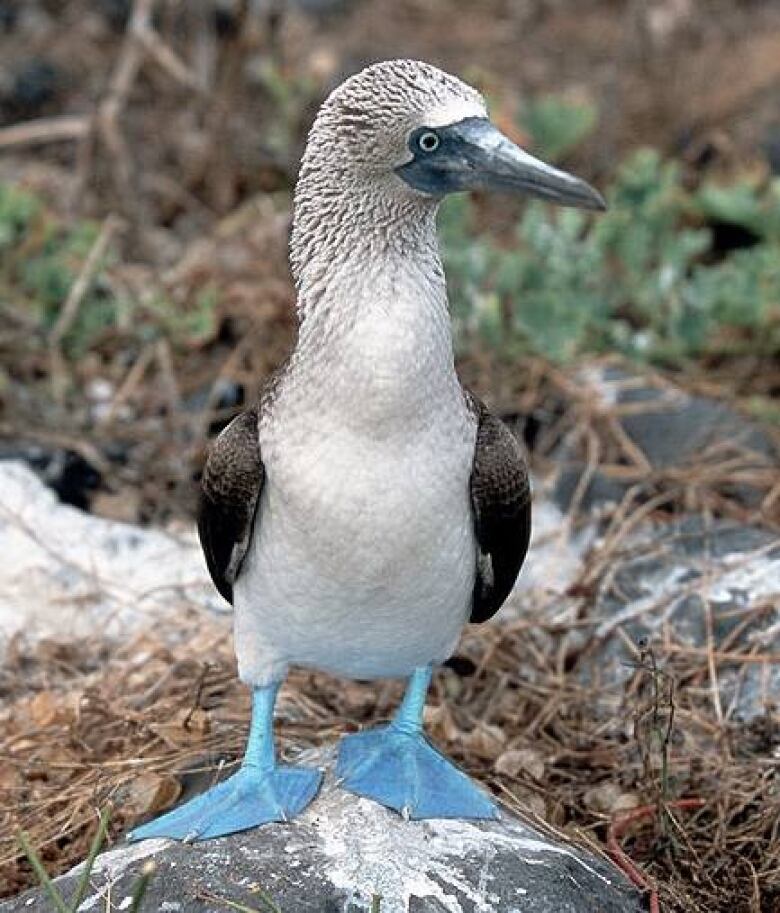El Nino impact on Galapagos Islands could have been worse, Calgary naturalist says
Hot, dry year has left some species struggling, Brian Keating tells the Homestretch

Last week, he was in Ecuador visiting the "Valley of Longevity." Now, Calgary naturalist Brian Keating is reflecting on the time he spent in the Galapagos Islands.
It's been a hotyear thanks to El Nino, and Keatingwas worried about returning to the islands off the coast of Ecuador.
"In the 1997-98 El Nino,there were about 20,000 penguins that lived back then," he said."Eighteen-thousandwere killed in that one El Nino effect.Many marine iguanaswhich are also sensitive to warming water and sea lions disappeared and I feared the worst this year, with it being a super El Nino year."
- MORE CALGARY NEWS |Neighbours ready to flee at any minute after Marlborough home set on fire 4 times
- MORE CALGARY NEWS |More fees, reduced service on the table as CBE tackles bus budget shortfall
Thankfully, things weren't as bad as Keating originally feared.
"I was very, very pleased to see that for whatever reason,theGalapagos seemed to [have been] washed several times with a cold current over the last coupleof months."

That cold current, which comes from Antarctica, is vital for the Galapagos penguins' survival. The cold water carries with it the nutrients that feedthe fish upon which the penguins prey.
Keating told the Homestretch he sawlots of dead sea lions and marine iguanas, as well as decreased bird populations.
"I was worried that this year's bird population, especially any of the birds that rely on the ocean like the boobies, the frigates, the swallow-tailed galls I was worried that their numbers would be waydown," he said.
"Sure enough, the blue-footed booby, their numbers have crashed, but we did see a good number of red-footed boobies nesting and we saw a good number of frigates."

Typically, El Nino brings a lot of moisture to the land, said Keating. But this year's El Ninohas been the driest on record.
"That means that what should have been a rainy season never appeared," he explained."The landscape is quite dry and,because of that,the nesting success of some finches will be compromised."
Keating's adventures continue in Ecuador.
With files from the Homestretch












_(720p).jpg)


 OFFICIAL HD MUSIC VIDEO.jpg)
.jpg)



























































































